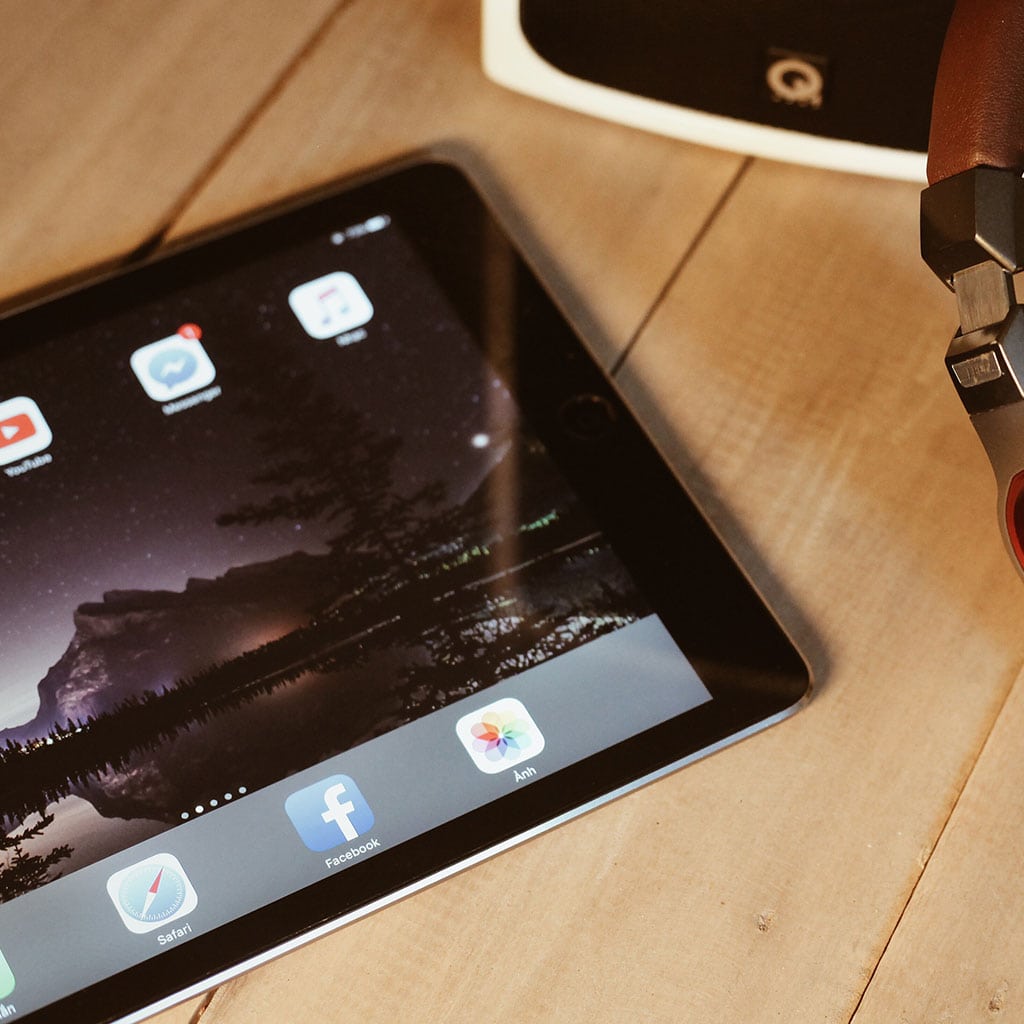Can you put a sim card in an iPad
Can you put a sim card in an iPad
If you’re looking to expand your iPad’s connectivity beyond Wi-Fi networks, you might be wondering whether it’s possible to insert a SIM card into your device. In this article, we’ll explore the options available for adding cellular capabilities to your iPad, from traditional SIM cards to eSIMs, and help you make an informed choice for staying connected on the go.
Can a sim card be inserted into an iPad?
Yes, many iPad models come with cellular connectivity options that allow you to insert a SIM card for mobile data access. Here’s a detailed explanation of how you can use a SIM card with your iPad:
1. Check iPad Model Compatibility:
- Not all iPad models support cellular connectivity or SIM card insertion. Ensure that your iPad model is compatible with cellular service. You can find this information in your iPad’s settings or by checking Apple’s official website.
2. Types of SIM Cards for iPads:
- iPads use a nano-SIM card, which is smaller than the traditional SIM cards used in older phones.
- Depending on your iPad model, you may have options for a physical nano-SIM card or an eSIM (embedded SIM).
3. Using a Physical SIM Card:
- For iPads with a SIM card slot (typically located on the side or back of the device), you can insert a physical nano-SIM card from a mobile carrier.
- Purchase a nano-SIM card from your chosen carrier, and follow their instructions to activate it and select a data plan.
- Insert the activated SIM card into the iPad’s SIM card slot, and your device should be ready for cellular data usage.
4. Using an eSIM:
- Some iPad models support eSIM technology, which allows you to activate a cellular plan without a physical SIM card.
- To set up an eSIM, go to your iPad’s settings, navigate to Cellular Data or Mobile Data, and choose “Add Cellular Plan.”
- Follow the prompts to scan a QR code or enter the details provided by your carrier to activate the eSIM.
5. Choosing a Data Plan:
- Once you’ve inserted a physical SIM card or activated an eSIM, you can select a data plan from a compatible carrier.
- Different carriers offer various data plans, including prepaid and postpaid options, so choose the one that best suits your needs.
6. Managing Cellular Data Usage:
- In the iPad settings, you can control your cellular data usage by monitoring your data usage, setting data limits, and enabling or disabling cellular data for specific apps.
- Be mindful of your data plan’s limits to avoid overage charges.
7. International Travel:
- If you plan to use your iPad with a SIM card while traveling internationally, consider purchasing an international data plan or a local SIM card to avoid high roaming charges.
Keep in mind that the exact steps and options may vary depending on your iPad model and your chosen mobile carrier. Additionally, some iPad models may support both a physical SIM card and an eSIM, providing flexibility in how you manage your cellular connectivity. Always consult your iPad’s user manual and your carrier’s instructions for the most accurate and up-to-date information on using a SIM card with your iPad.
How can I monitor my cellular data usage on the iPad?
Monitoring your cellular data usage on an iPad is essential to avoid overage charges and stay within your data plan limits. Here’s how you can keep track of your data consumption:
- Use the Built-in Data Usage Tracker:
- On your iPad, go to “Settings.”
- Scroll down and tap on “Cellular Data” or “Mobile Data,” depending on your region.
- In this menu, you’ll find your cellular data usage under “Cellular Data Usage” or “Mobile Data Usage.” This will display the amount of data you’ve used during your current billing cycle.
- You can also reset the statistics at the beginning of your billing cycle to monitor your usage accurately. To do this, scroll down and tap “Reset Statistics.”
- Third-Party Apps and Widgets:
- There are various third-party apps available on the App Store that can help you monitor your data usage. These apps often provide more detailed insights and customizable alerts.
- Additionally, you can add a data usage widget to your iPad’s Today View. Swipe right from your home screen or lock screen to access it. Tap “Edit” at the bottom, find a suitable data tracking widget, and add it for quick access.
Remember that the paperclip or SIM card tray, particularly in GSM models with cellular connectivity, plays a role in securing your SIM card in its designated card location. Monitoring your data usage is crucial to ensuring you don’t exceed your plan’s data limits, which can result in additional charges or a slower internet connection. By using the built-in data tracker and optionally third-party apps or widgets, you can stay informed about your data consumption and manage your internet connection effectively.





You must be logged in to post a comment.